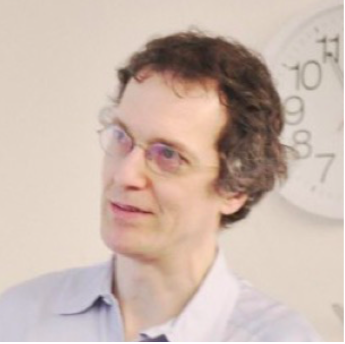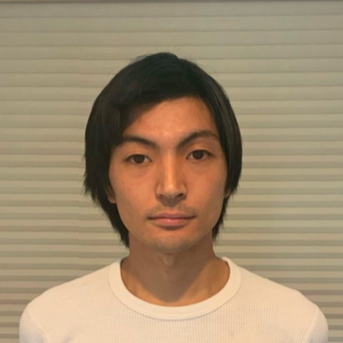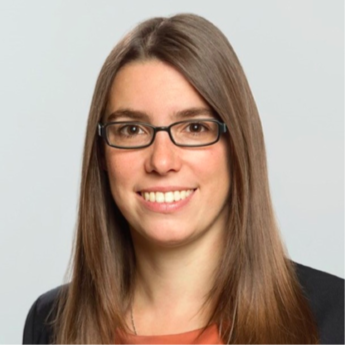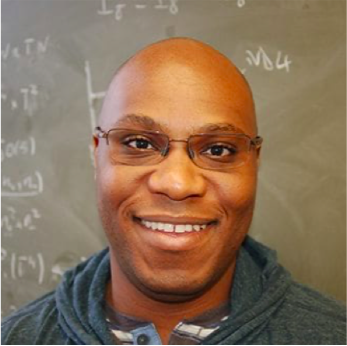
|
Ibrahima Bah
works on holography, supergravity and string theory. He has developed novel methods and techniques for studying anomalies of continuous as well as discrete symmetries, for both conventional and generalized symmetries, for QFTs constructed within string theory.
|
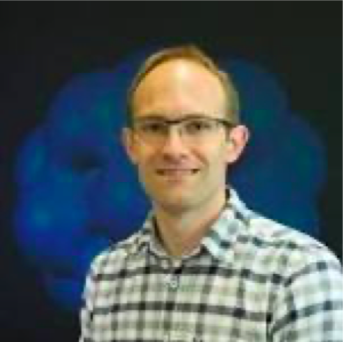
|
Mathew Bullimore
works on mathematical structures in supersymmetric QFTs. He is known for contributions to symplectic duality via its incarnation in 3d N = 4 SCFTs and is currently studying categories of extended operators in twisted supersymmetric QFTs and their role in dualities.
|
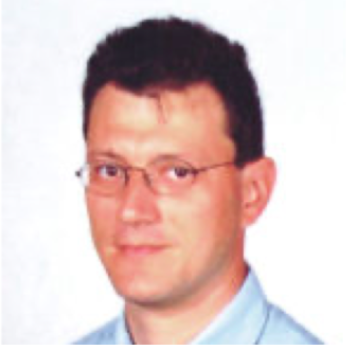
|
Alberto Cattaneo
has developed important aspects of the perturbative quantization of gauge theories on manifolds with boundary and corners. This provides a new outlook on holography and residual symmetries on corners.
|
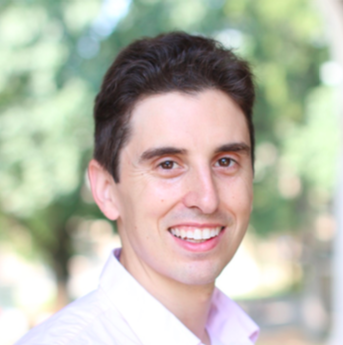
|
Clay Córdova
works on phases of quantum field theories, symmetry, and anomalies. His results include a proof of the a -theorem in a class of higher dimensional QFTs, developing new classes of higher group global symmetry, as well as new anomalies in QFTs, constraining the allowed mass gap
|
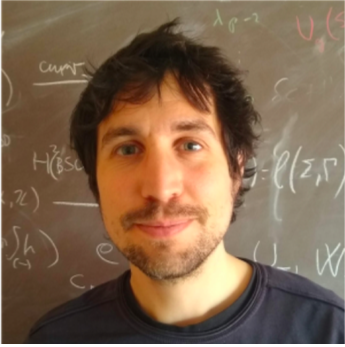
|
Michele Del Zotto
works at the interface of QFT, string theory, and math. He is a co-discoverer of many new (mostly non-Lagrangian) SCFTs in d ≥ 4, and he has studied the BPS spectra of such theories. He has pioneered the study of categorical symmetries in non-Lagrangian theories using geometric techniques.
|

|
Thomas Dumitrescu
works on strongly-coupled QFTs. He is known for the study of supersymmetric QFTs on curved manifolds, and (with Cordova and Intriligator) a supersymmetric a -theorem in 6d, a definitive account of SCFT representation theory, and the exploration of novel notions of global symmetry.
|
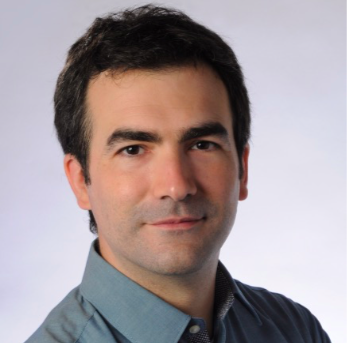
|
Iñaki García Etxebarria
works on QFT using geometry. He is a co-discoverer of N = 3 SCFTs in four dimensions. With collaborators Del Zotto, Ohmori, and others, he has connected categorical symmetries to geometry and applied modern approaches to anomalies in particle physics and string theory.
|

|
Dan Freed
works at the interface of geometry, topology, and QFT. With collaborators Hopkins, Moore, and Teleman, he has developed the concepts of invertible field theory, relative field theory, and flux non-commutativity, and has contributed to the classification of symmetry protected topological phases.
|

|
Mike Hopkins
’s most important contributions have been in the development of chromatic homotopy theory, the solution of the Kervaire Invariant problem in the classification of manifolds, and a detailed classification of topological phases of matter, assuming invertibility and reflection positivity at low energy.
|

|
Ken Intriligator
works on QFT and the RG, applying symmetries to strongly-coupled QFTs. Jointly with Cordova and Dumitrescu he has classified unitary superconformal representations, established a supersymmetric a -theorem in 6d, and showed how certain anomalies give rise to 2-group global symmetries.
|
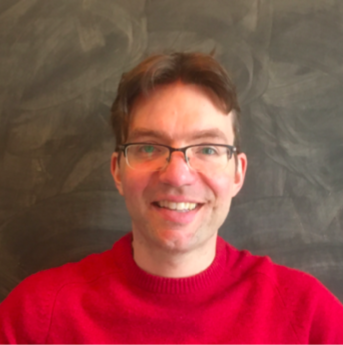
|
Theo Johnson-Freyd
’s work on higher categories underpins global categorical symmetry, providing the first complete definition of fusion
n
-category and producing a mathematical equivalence between topological order and anomalous TQFT, thereby completing the classification of 3+1D topological orders.
|

|
David Jordan
has applied the global categorical symmetries of quantum groups, modular tensor categories, and their generalizations to study the Kapustin–Witten twist of N = 4 SUSY Yang–Mills, answering long-standing questions of Ben-Zvi, Bonahon–Wong, Freed–Teleman, and Witten.
|

|
Julia Plavnik
has worked extensively on the construction and classification of modular and super-modular tensor categories, most notably through the introduction of gauging and zesting for MTCs, which mathematically capture higher global symmetries on a QFT and lead to many new examples
|
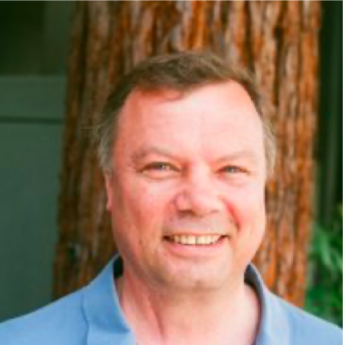
|
Nicolai Reshetikhin
works in mathematical physics, mainly in QFT, representation theory and integrable systems. His most important contributions are to construction of the Reshetikhin–Turaev invariants of knots and 3-manifolds, and to the representation theory of quantum groups. His current research focus is to construct quantum field theories for manifolds with corners (in particular, topological and conformal field theories on such space times) and the gluing procedure for such quantum field theories.
|
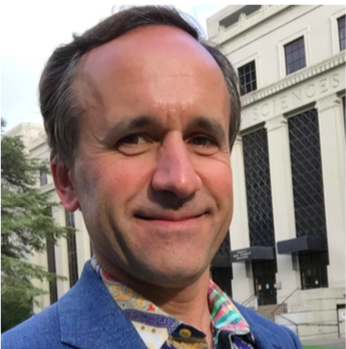
|
Constantin Teleman
has made major contributions to the study of TQFTs in dimensions 2, 3, 4, and to gauge theory, boundary structures, and their consequences for topological phases of matter and lattice models, as well as Gromov- Witten theory, and many other physical theories of mathematical interest
|
















